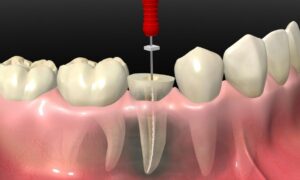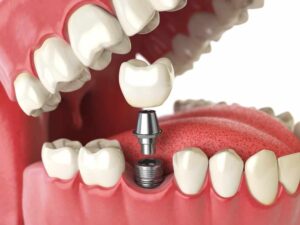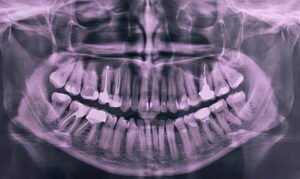Diabetes Mellitus is a condition caused by impaired glucose metabolism either due to lack of insulin enzyme secreted by the pancreas or the inability of our cells to take in sugar efficiently, in other words, insulin resistance. There are a few ways someone can be diagnosed with diabetes. Diabetes test can be divided into screening and diagnostic tests. Screening tests for diabetes are a finger prick test for fasting or random blood sugar level while diagnostic tests consist of Oral Glucose Tolerance Test (OGTT) and HbA1c level.
- Fasting plasma blood glucose (FPG)
Fasting blood glucose is taken via a finger prick test and the patient is required to fast for at least 8 hours prior to the test. There are few classifications of glucometer reading for fasting plasma blood glucose.
Normal: Less than 5.6 mmol/L
Pre-diabetes: 5.6 mmol/L – 6.9 mmol/L
Diabetes: 7.0 mmol/L or more
- Oral Glucose Tolerance Test (OGTT)
An oral glucose tolerance test is also taken via finger prick and tested using a glucometer. The difference between this test and fasting blood glucose is, the patient is required to fast then a 75g glucose drink will be given to the patient. Glucose reading will be taken before glucose drink as fasting glucose level, 1 hour and 2 hours after the glucose drink. The plasma glucose level is OGTT are classified as follows:
Normal: less than 11.0 mmol/L
Diabetes: 11.0 mmol/L or more
- Random Plasma Glucose Level
Random plasma glucose levels can be taken at any time after a meal. Reading of 11.0 mmol/L or more with the presence of hyperglycemic symptoms such as polyuria, polydipsia, polyphagia, weight loss or in patient experiencing hyperglycemic crisis is diagnostic for diabetes.
- HbA1c level
HbA1c level is the level of glucose inside our hemoglobin. While other blood glucose test is rapid, HbA1c needs to be analyzed in the lab. It is one of the indicators of how well our sugar controlled is. That’s why it is usually used as monitoring instead of a diagnostic test. However, it still can be used in combination with other glucose rapid tests such as fasting plasma glucose to diagnose diabetes. Levels of HbA1c classified by WHO are:
Normal : Less than 42mmol/L (< 6.0%)
Prediabetes of Impaired Glucose Regulation: 42 mmol/L – 47 mmol/L (6.0-6.4%)
Diabetes: 48 mmol/l or more (6.5% or more)
Since most of the diabetic patients are asymptomatic a lot of them are unaware of their conditions causing the disease only to be found out much at a later stage. This is why it is recommended for a certain group of people to undergo screening which are:
- Those who sustained blood pressure of 135/80 mm/Hg
- Being overweight plus one or more risk factor for diabetes such as first degree relative with diabetes, hypertension, and hypercholesterolemia
- It is recommended for those aged above 45 years old to go for diabetes screening in the absence of the above 2 criteria
Diabetes test whether for screening or diagnosis is simple and quick. It is widely available, easy and cheap for everyone. Therefore those who are at risk should really get a test. Nowadays we are living in a world where our eating habits and lifestyle are already contributing to a huge portion of the risk of getting diabetes. To prove that below are the risk factors for this disease:
- Overweight
- Inactivity
- Family history of diabetes
- History of gestational diabetes
- Increasing age
- Race (American, Indian, Asian)
Even if you want to blame your genetics, you just can’t do anything about it. But we can do something about our weight and lifestyle. So start now.




